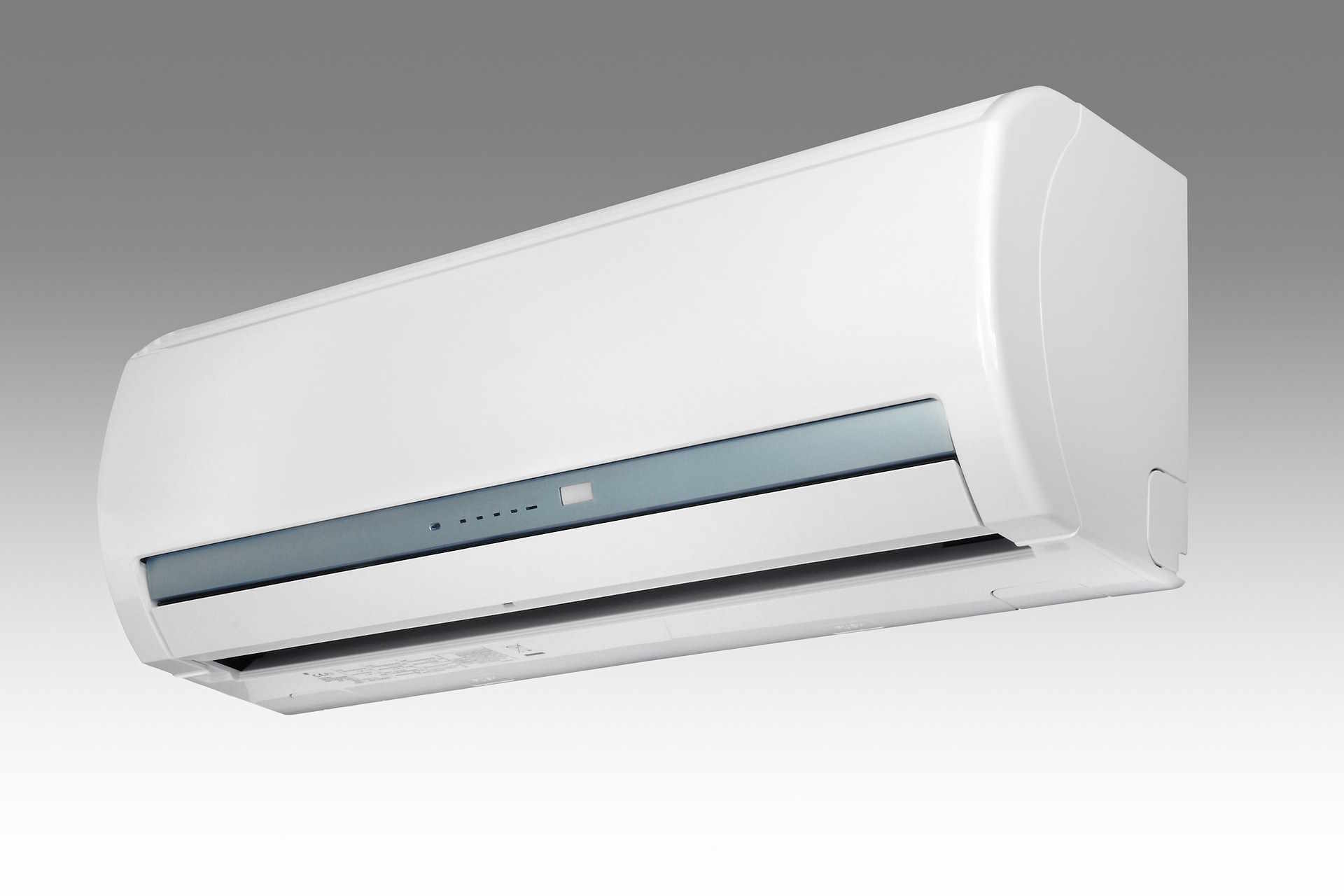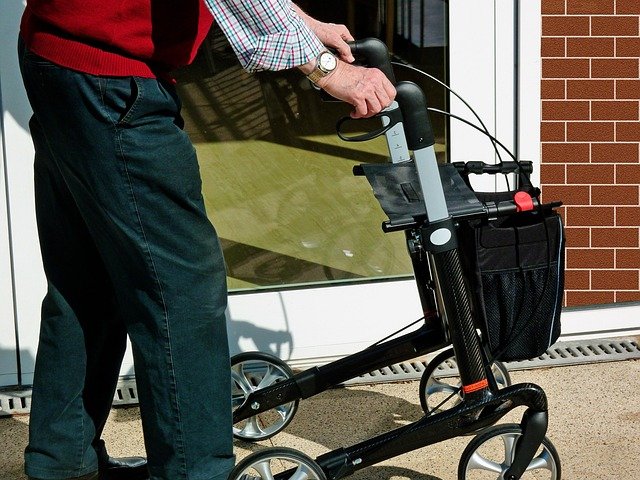HVAC and Climate Control: Factors to Consider Before Installation
Selecting an HVAC system involves weighing efficiency, comfort, and cost. Explore key considerations before installation, from system types and maintenance needs to energy impact, and sustainability to ensure the solution you select aligns with your goals.

When planning for a new heating, ventilation, and air conditioning (HVAC) system, thorough preparation and research are essential. A well-designed HVAC installation provides comfortable indoor environments year-round while optimizing energy usage and operational costs. Before proceeding with installation, several crucial factors require careful consideration to ensure the system meets your specific requirements and performs efficiently for years to come.
Understanding Your Building’s Specific HVAC Requirements
Every building has unique heating and cooling needs based on its size, layout, insulation, and purpose. Commercial buildings typically require more complex systems than residential properties due to larger spaces, varying occupancy levels, and specific temperature requirements for different zones. A comprehensive load calculation performed by qualified HVAC professionals determines the precise capacity needed for your space. This calculation accounts for square footage, ceiling height, window placement, insulation quality, and local climate conditions. Undersized systems will struggle to maintain comfortable temperatures, while oversized units waste energy through frequent cycling and inadequate dehumidification.
Evaluating Energy Efficiency Ratings and System Types
Energy efficiency significantly impacts both environmental footprint and long-term operational costs. When selecting HVAC equipment, pay close attention to efficiency ratings such as SEER (Seasonal Energy Efficiency Ratio) for air conditioners, HSPF (Heating Seasonal Performance Factor) for heat pumps, and AFUE (Annual Fuel Utilization Efficiency) for furnaces. Higher ratings indicate greater efficiency but often come with higher upfront costs. Consider system types that match your climate and building needs—options include traditional split systems, ductless mini-splits, packaged units, heat pumps, and geothermal systems. Each technology offers distinct advantages for different applications, and selecting the appropriate system type is crucial for optimal performance.
Finding Air Conditioning Companies in Your Area
Selecting the right installation contractor plays a vital role in the success of your HVAC project. Local companies familiar with regional climate conditions and building codes often provide more tailored solutions. When researching air conditioning companies in your area, verify their licensing, insurance, and certifications from organizations like NATE (North American Technician Excellence). Review their experience with projects similar to yours and ask for references from past clients. Quality contractors will offer detailed written estimates and warranties on both equipment and labor. Schedule consultations with multiple companies to compare approaches, recommendations, and pricing before making your decision.
Selecting Local HVAC Companies for Your Project
The installation process itself requires significant expertise and attention to detail. When evaluating local HVAC companies, inquire about their installation procedures and quality control measures. Professional installers should conduct thorough site assessments, provide detailed installation plans, and use proper sizing methodologies rather than relying on simple square-footage rules. Ask potential contractors about their ductwork design capabilities, as proper airflow is critical for system performance. Reputable companies will also discuss maintenance requirements and offer service agreements to protect your investment. Consider the company’s responsiveness, communication style, and willingness to answer questions during the selection process.
Considering Ductwork, Ventilation, and Indoor Air Quality
Existing ductwork may require modification or replacement during HVAC installation. Leaky, undersized, or poorly designed ducts can reduce system efficiency by 20-30%. Professional evaluation of your current ductwork determines whether it can accommodate a new system or requires upgrades. Ventilation strategies also merit careful consideration, as modern energy-efficient buildings often need mechanical ventilation to maintain healthy indoor air quality. Consider incorporating air purification systems, humidification/dehumidification components, and advanced filtration options to address specific indoor air quality concerns. These additional components enhance comfort while potentially reducing health issues related to poor air quality.
Cost Factors and Return on Investment
HVAC system costs vary widely based on equipment type, capacity, efficiency, and installation complexity. Understanding the complete financial picture helps make informed decisions that balance upfront costs with long-term savings. Beyond equipment and installation expenses, consider ongoing operational costs, maintenance requirements, and potential utility rebates or tax incentives for energy-efficient systems.
| System Type | Average Installation Cost | Typical Lifespan | Energy Efficiency | Annual Operating Cost |
|---|---|---|---|---|
| Standard Split System | $3,000 - $7,500 | 15-20 years | Good (14-16 SEER) | $850 - $1,200 |
| High-Efficiency Split System | $5,000 - $10,000 | 15-20 years | Excellent (18+ SEER) | $650 - $950 |
| Ductless Mini-Split | $3,000 - $12,000 | 15-20 years | Very Good (16-22 SEER) | $700 - $1,000 |
| Geothermal Heat Pump | $10,000 - $30,000 | 20-25 years | Superior (EER 15-25) | $450 - $700 |
| Variable Refrigerant Flow (VRF) | $15,000 - $35,000 | 15-20 years | Excellent (18+ SEER) | $600 - $900 |
Prices, rates, or cost estimates mentioned in this article are based on the latest available information but may change over time. Independent research is advised before making financial decisions.
Understanding HVAC Services and System Requirements
Beyond the initial installation, consider the ongoing service and maintenance requirements for your new system. Regular professional maintenance extends equipment life, maintains warranty coverage, and ensures optimal performance. Most manufacturers recommend biannual service visits—typically before heating and cooling seasons. When selecting a system, evaluate the availability of parts and qualified service technicians in your area. Some advanced systems may require specialized knowledge for repairs and maintenance. Additionally, consider the system’s compatibility with smart home technology, programmable thermostats, and zone control systems that can further enhance comfort and efficiency.
Planning for Future Needs and Adaptability
A well-designed HVAC system should accommodate your current needs while allowing for future changes or expansion. If you anticipate building additions or renovations, discuss these plans with your HVAC contractor to ensure the selected system can adapt accordingly. Consider modular or scalable solutions that permit capacity adjustments without complete replacement. Energy code requirements and efficiency standards continue to evolve, so selecting systems that meet or exceed current standards helps future-proof your investment. Additionally, evaluate the potential impact of climate change on your region’s heating and cooling requirements when planning for long-term comfort solutions.
Choosing the right HVAC system and installation partner requires careful consideration of multiple factors. By thoroughly evaluating your building’s requirements, researching local HVAC companies, understanding efficiency ratings, and planning for both current and future needs, you can make informed decisions that result in optimal comfort, efficiency, and value. Taking time during the planning phase helps avoid costly mistakes and ensures your climate control system provides reliable performance for years to come.



